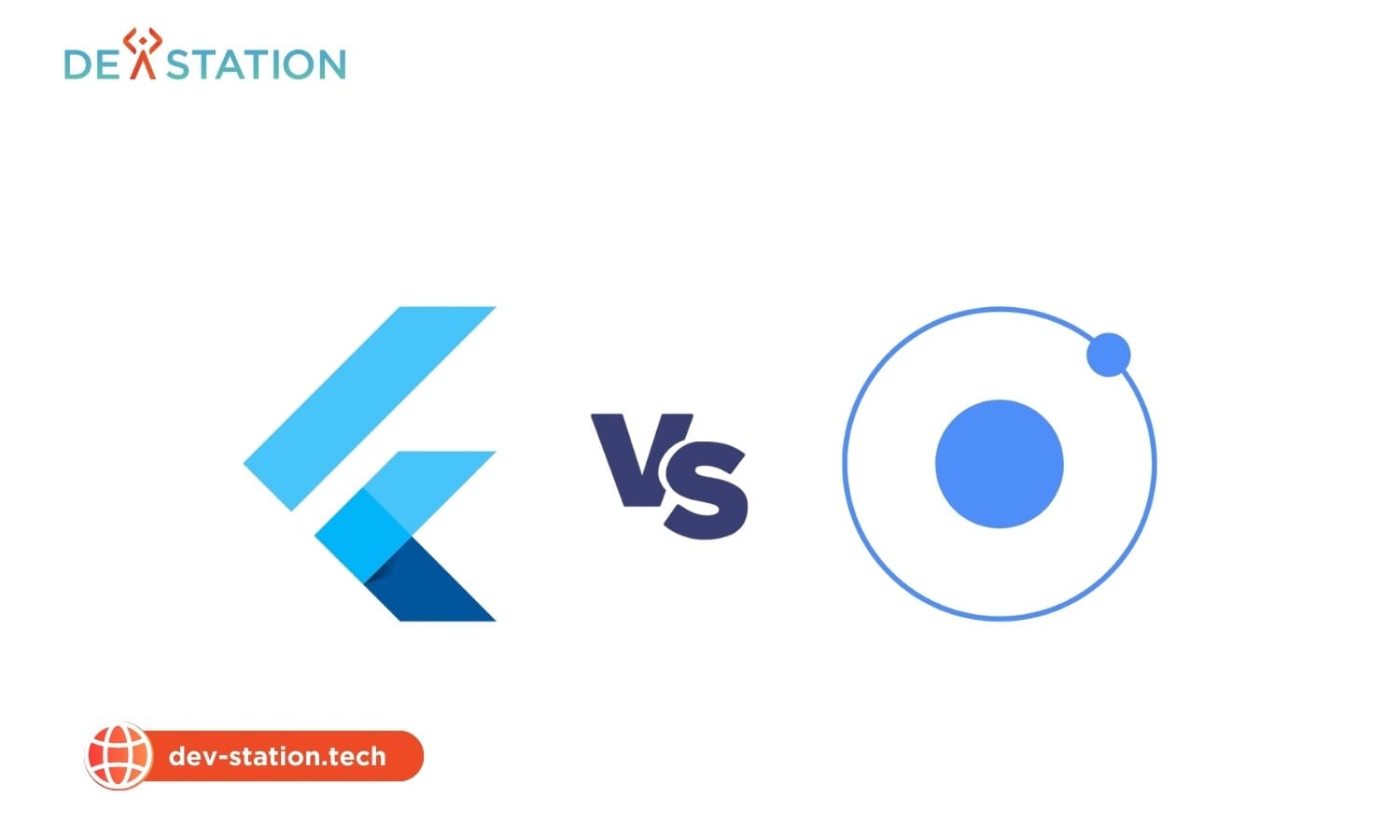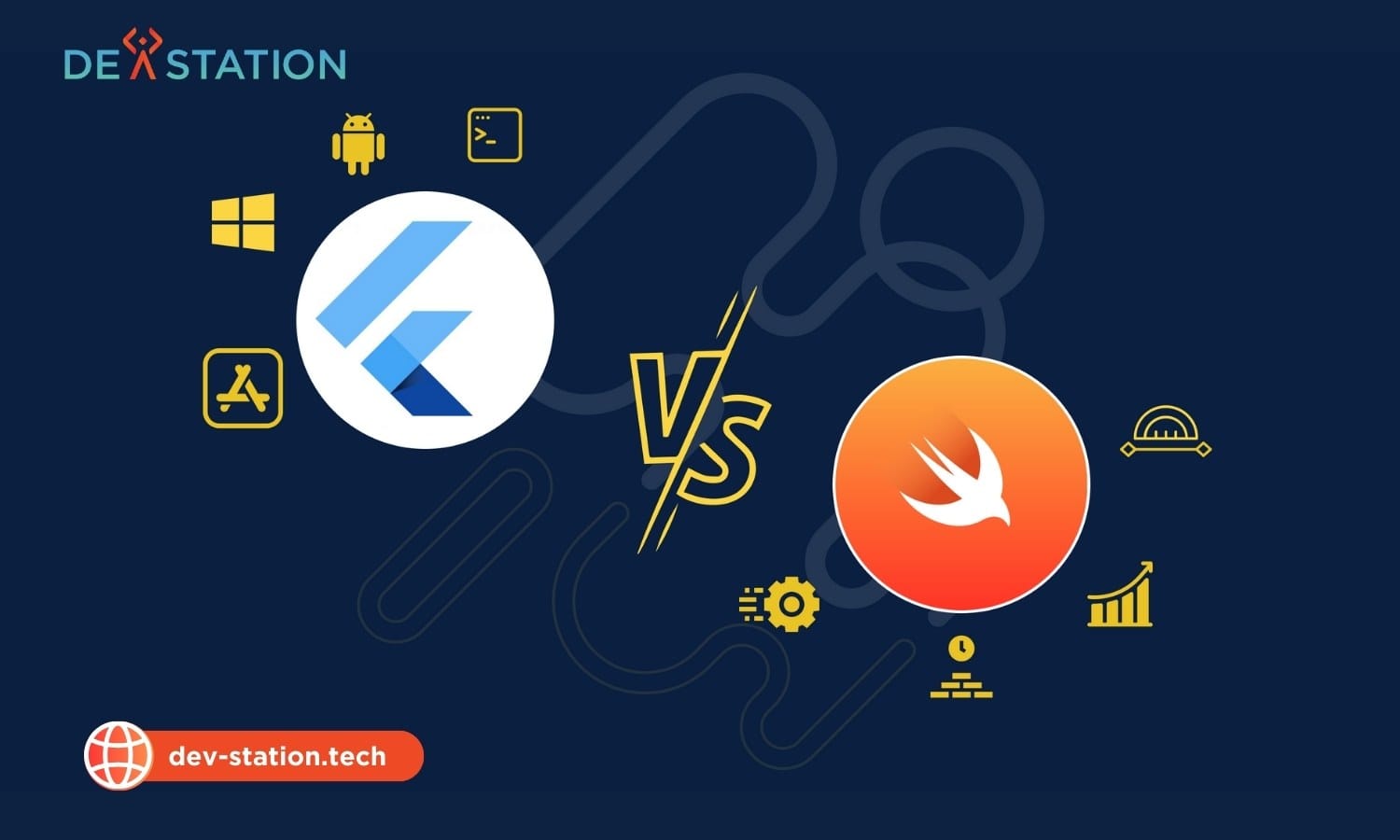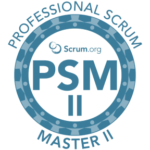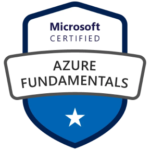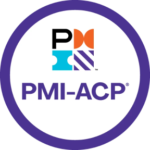In today’s digital landscape, businesses face a myriad of cybersecurity threats that can compromise their data and disrupt operations. A comprehensive risk assessment is crucial for identifying vulnerabilities and ensuring compliance with regulatory requirements.
By implementing a robust cybersecurity solution, companies can mitigate risks and ensure the continuity of their operations. Our Security Audit and Governance Service is designed to provide businesses with the necessary tools and expertise to secure their digital environment.
What is a Security Audit and Governance Service?
A Security Audit and Governance Service is a comprehensive evaluation of an organization’s security posture, designed to identify vulnerabilities and strengthen its overall security framework. This service is essential for businesses to ensure their security measures are robust, compliant with regulatory requirements, and aligned with their overall business strategy.
Definition and Importance
A Security Audit and Governance Service involves a thorough assessment of an organization’s security controls, compliance management, and IT security consulting practices. The importance of this service lies in its ability to identify vulnerabilities, ensure regulatory compliance, and provide recommendations for improving the overall security posture.
Effective information security governance is critical in today’s digital landscape, where cyber threats are increasingly sophisticated and prevalent. By implementing a robust Security Audit and Governance Service, organizations can protect their assets, maintain stakeholder trust, and ensure business continuity.
Key Components of Security Audit
The key components of a security audit include:
- Risk assessment: Identifying potential risks and vulnerabilities that could impact the organization’s security posture.
- Vulnerability scanning: Detecting vulnerabilities in systems, networks, and applications.
- Penetration testing: Simulating cyber attacks to test the organization’s defenses and identify areas for improvement.
- Compliance management: Ensuring adherence to relevant regulatory requirements and industry standards.
| Component | Description | Benefits |
|---|
| Risk Assessment | Identifying potential risks and vulnerabilities | Informed decision-making, improved security posture |
| Vulnerability Scanning | Detecting vulnerabilities in systems, networks, and applications | Proactive remediation, reduced risk |
| Penetration Testing | Simulating cyber attacks to test defenses | Improved incident response, enhanced security controls |
Governance Framework Overview
A governance framework provides a structured approach to managing an organization’s security posture, ensuring that security is integrated into the overall business strategy. This framework includes:
“A well-designed governance framework enables organizations to make informed decisions about their security posture, allocate resources effectively, and ensure compliance with regulatory requirements.”
The framework typically includes policies, procedures, and standards for security management, as well as mechanisms for monitoring and reporting on security performance.
Benefits of Implementing a Security Audit
Conducting regular security audits is essential for companies to strengthen their data security posture and comply with regulatory requirements. A security audit is a comprehensive evaluation of an organization’s security measures, providing insights into potential vulnerabilities and areas for improvement.
Strengthening Data Protection
A key benefit of implementing a security audit is strengthening data protection. By identifying and addressing vulnerabilities, businesses can protect their sensitive data from unauthorized access and cyber threats. This involves:
- Conducting a thorough network vulnerability assessment to identify potential entry points for attackers.
- Implementing robust security measures to safeguard sensitive data.
- Ensuring that all data handling practices comply with relevant data protection regulations.
Enhancing Regulatory Compliance
Another significant advantage of security audits is enhancing regulatory compliance. Compliance with regulations such as GDPR, HIPAA, and Sarbanes-Oxley is crucial for avoiding fines and reputational damage. Our regulatory compliance services help businesses navigate the complex regulatory landscape and ensure adherence to relevant laws and standards.
Identifying Vulnerabilities
Security audits also enable businesses to identify vulnerabilities before they can be exploited by attackers. This proactive approach to security involves:
- Identifying potential vulnerabilities through comprehensive security assessments.
- Prioritizing and addressing identified vulnerabilities based on risk.
- Implementing measures to prevent future vulnerabilities.
As emphasized by cybersecurity experts, “A proactive approach to security through regular audits is crucial in today’s threat landscape.”
Types of Security Audits Available
Understanding the different types of security audits is crucial for selecting the right cybersecurity solutions. Organizations have various options when it comes to security audits, each designed to address specific security concerns and needs.
Internal Security Audits
Internal security audits focus on evaluating the effectiveness of an organization’s internal security controls. These audits assess the organization’s internal systems, networks, and processes to identify vulnerabilities and weaknesses. By conducting internal security audits, organizations can strengthen their internal security posture and improve their overall risk assessment services.
External Security Audits
External security audits, on the other hand, assess the security of an organization’s external-facing systems and networks. These audits examine the organization’s external security controls, such as firewalls and intrusion detection systems, to ensure they are adequate and effective. External security audits help organizations protect themselves against external threats and maintain the security of their public-facing assets.
Compliance Audits
Compliance audits ensure that an organization is meeting relevant regulatory requirements and standards. These audits verify that the organization’s security controls and processes are compliant with applicable laws, regulations, and industry standards. By conducting compliance audits, organizations can demonstrate their commitment to compliance management and avoid potential legal and financial consequences.
The following are key benefits of conducting different types of security audits:
- Improved internal security controls
- Enhanced protection against external threats
- Better compliance with regulatory requirements
- Identification of vulnerabilities and weaknesses
- Strengthened overall cybersecurity posture
The Security Audit Process Explained
The security audit process is a critical component of information security governance, helping businesses identify vulnerabilities and strengthen their security posture. This process is essential for ensuring the effectiveness of IT security consulting and risk assessment services.
Pre-Audit Preparation
Before conducting a security audit, thorough preparation is necessary. This involves defining the scope of the audit, identifying the systems and data to be audited, and gathering relevant documentation. Effective pre-audit preparation ensures that the audit is focused and efficient, laying the groundwork for a successful risk assessment.

Conducting the Audit
During the audit, the effectiveness of security controls is assessed, and potential vulnerabilities are identified. This stage involves a detailed examination of the organization’s security measures, including network security, data protection policies, and compliance with regulatory requirements. IT security consulting experts use various tools and techniques to evaluate the security posture and identify areas for improvement.
Post-Audit Analysis
After the audit is completed, a thorough analysis of the findings is conducted. This involves identifying vulnerabilities, assessing the risk associated with them, and providing recommendations for remediation. The post-audit analysis is a critical step in information security governance, as it guides businesses in strengthening their security measures and ensuring compliance with relevant regulations.
By understanding and implementing the security audit process, businesses can significantly enhance their security posture and reduce the risk of cyber threats. Effective risk assessment services play a crucial role in this process, helping organizations to proactively address potential security issues.
Essential Tools for Security Audits
To ensure comprehensive security, organizations rely on a variety of essential tools during security audits. These tools are critical in identifying vulnerabilities, assessing risks, and providing insights that help in strengthening an organization’s cybersecurity posture.
Vulnerability Scanners
Vulnerability scanners are a crucial tool in identifying potential vulnerabilities in an organization’s systems and networks. They scan for open ports, misconfigured systems, and outdated software, providing a comprehensive view of an organization’s exposure to potential threats.
Some of the leading vulnerability scanners include Nessus and OpenVAS, which offer advanced scanning capabilities and detailed reporting.
Risk Assessment Software
Risk assessment software enables businesses to assess the likelihood and potential impact of identified risks. This software helps organizations prioritize their mitigation efforts, focusing on the most critical vulnerabilities first.
Tools like Riskonnect and SAP Risk Management provide robust risk assessment capabilities, allowing organizations to make informed decisions about their cybersecurity investments.
Reporting Tools
Reporting tools provide a clear and concise summary of audit findings and recommendations. These tools are essential for communicating audit results to stakeholders and for tracking the implementation of recommended security measures.
Effective reporting tools, such as Tableau and Power BI, enable organizations to create customizable reports that meet their specific needs, enhancing the overall audit process.
| Tool Category | Examples | Functionality |
|---|
| Vulnerability Scanners | Nessus, OpenVAS | Identify potential vulnerabilities in systems and networks |
| Risk Assessment Software | Riskonnect, SAP Risk Management | Assess the likelihood and impact of identified risks |
| Reporting Tools | Tableau, Power BI | Provide clear summaries of audit findings and recommendations |
Key Regulations Influencing Security Governance
The landscape of security governance is significantly impacted by various regulatory requirements. Organizations must navigate a complex web of regulations to ensure compliance and maintain robust security governance.
Several key regulations have a profound influence on security governance practices. Understanding these regulations is crucial for businesses to implement effective security measures and avoid potential legal and financial repercussions.
General Data Protection Regulation (GDPR)
The General Data Protection Regulation (GDPR) is a comprehensive data protection law in the European Union (EU) that has far-reaching implications for businesses worldwide. GDPR emphasizes the importance of data protection by design and default, requiring organizations to implement robust security controls to protect personal data.
Key GDPR Requirements:
- Data minimization
- Data protection by design and default
- Regular data protection impact assessments
- Appointment of a Data Protection Officer (DPO)
Health Insurance Portability and Accountability Act (HIPAA)
The Health Insurance Portability and Accountability Act (HIPAA) is a US regulation that sets standards for protecting sensitive patient health information. HIPAA requires healthcare organizations and their business associates to implement robust security measures to safeguard protected health information (PHI).
Key HIPAA Requirements:
| Requirement | Description |
|---|
| Administrative Safeguards | Policies and procedures for managing the selection, development, implementation, and maintenance of security measures |
| Technical Safeguards | Technology and policy-based protections for PHI |
| Physical Safeguards | Measures to protect an organization’s physical equipment and facilities |
Sarbanes-Oxley Act
The Sarbanes-Oxley Act is a US federal law aimed at protecting investors from corporate accounting fraud. It requires publicly traded companies to maintain accurate financial records and implement internal controls to prevent financial misreporting.
“The Sarbanes-Oxley Act has had a significant impact on corporate governance, emphasizing the importance of internal controls and financial transparency.”
Effective compliance management is critical for businesses to navigate the complex regulatory landscape. By understanding and adhering to key regulations such as GDPR, HIPAA, and the Sarbanes-Oxley Act, organizations can strengthen their security governance and reduce the risk of non-compliance.
Customizing Security Audit Services for Your Business
In today’s digital landscape, businesses require tailored security audit services to protect their unique assets and infrastructure. A customized approach ensures that the security measures are aligned with the specific needs and risks of the business.
Tailoring Audits to Business Size
The size of a business significantly influences its security requirements. Small and medium-sized enterprises (SMEs) may have limited resources and require more streamlined and cost-effective security audit solutions. In contrast, larger corporations may need more comprehensive and complex security measures due to their extensive networks and data assets.
For instance, SMEs might focus on basic cybersecurity hygiene, such as ensuring software is up-to-date and using strong passwords, while larger corporations might implement advanced threat detection systems and incident response plans.
| Business Size | Security Focus | Audit Requirements |
|---|
| Small | Basic cybersecurity hygiene | Streamlined, cost-effective solutions |
| Medium | Network security, data protection | Comprehensive risk assessment |
| Large | Advanced threat detection, incident response | Complex, multi-layered security measures |
Industry-Specific Requirements
Different industries have unique security requirements due to varying regulatory standards and threat landscapes. For example, businesses in the healthcare sector must comply with the Health Insurance Portability and Accountability Act (HIPAA), while those in the financial sector must adhere to the Payment Card Industry Data Security Standard (PCI DSS).
“The healthcare industry is a prime target for cyberattacks due to the sensitive nature of the data it handles. Compliance with HIPAA is not just a regulatory requirement but a critical component of protecting patient data.”
Continuous Monitoring Solutions
Continuous monitoring is a crucial aspect of modern security audit services. It involves real-time monitoring of a business’s security posture to identify and respond to threats as they emerge. This proactive approach helps prevent security breaches and ensures compliance with regulatory requirements.
Cybersecurity solutions that include continuous monitoring can help businesses stay ahead of evolving cyber threats.
By adopting continuous monitoring solutions, businesses can ensure their security measures are always up-to-date and effective against the latest threats.
Building a Strong Governance Framework
In today’s digital landscape, building a comprehensive governance framework is essential for protecting sensitive data and maintaining regulatory compliance. A well-structured governance framework ensures that an organization’s information security strategy is aligned with its overall business objectives.
Policies and Procedures
Establishing clear policies and procedures is the foundation of a strong governance framework. These policies should outline the roles and responsibilities of employees in maintaining information security and compliance. Effective policies are those that are communicated clearly to all stakeholders and are easily accessible.
The process of establishing policies involves identifying the organization’s security needs, defining policy objectives, and developing procedures that support these objectives. It’s also crucial to involve stakeholders from various departments to ensure that policies are practical and effective.

Employee Training
Training employees on security best practices is a critical component of a governance framework. Employees who are well-informed about security policies and procedures are better equipped to identify and respond to security threats. Regular training sessions can help reinforce the importance of security and compliance within the organization.
A comprehensive training program should cover topics such as data protection, password management, and incident response. It’s also essential to provide ongoing training to keep employees updated on the latest security threats and compliance requirements.
Policy Updates
Regularly updating policies and procedures is vital to ensuring that they remain relevant and effective. This involves continuously monitoring the organization’s security posture and making adjustments as needed. Regular reviews of policies help identify areas that require improvement or updating.
| Best Practices | Description | Benefits |
|---|
| Establish Clear Policies | Define roles and responsibilities | Enhances compliance and security |
| Train Employees | Educate on security best practices | Reduces risk of security breaches |
| Regularly Update Policies | Ensure policies remain relevant | Maintains effectiveness of governance framework |
How to Choose the Right Security Audit Provider
Selecting the ideal security audit provider is a critical decision that can significantly impact your organization’s cybersecurity posture. With numerous options available, it’s essential to carefully evaluate potential providers to ensure they meet your specific needs.
Consider Experience and Expertise
When choosing a security audit provider, their experience and expertise are crucial factors to consider. Look for providers with a proven track record in IT security consulting and cybersecurity solutions. They should have a team of experts with relevant certifications and a deep understanding of the latest security threats and technologies.
Evaluate Service Offerings
A comprehensive security audit provider should offer a range of services that cater to your organization’s specific needs. These may include risk assessment services, vulnerability scanning, and penetration testing. Ensure that the provider’s service offerings align with your business requirements.
| Service | Description | Benefits |
|---|
| Risk Assessment | Identifies potential security risks and vulnerabilities | Helps prioritize security investments |
| Vulnerability Scanning | Detects vulnerabilities in systems and networks | Enables proactive remediation |
| Penetration Testing | Simulates real-world attacks to test defenses | Provides insights into security weaknesses |
Check Client Testimonials
Client testimonials and case studies can provide valuable insights into a security audit provider’s capabilities and effectiveness. Look for providers with positive reviews and a strong reputation in the industry. You can also ask for references to verify their claims.
By carefully evaluating potential security audit providers based on their experience, service offerings, and client testimonials, you can make an informed decision that strengthens your organization’s cybersecurity posture.
Integrating Security Audits into Business Strategy
In today’s digital landscape, integrating security audits into your business strategy is no longer a luxury, but a necessity. As organizations navigate the ever-evolving cybersecurity landscape, it’s crucial that security measures are not just an afterthought, but a core component of the overall business strategy.
Effective information security governance is key to ensuring that security audits are integrated into the business strategy. This involves aligning security objectives with business goals, thereby ensuring that security measures support, rather than hinder, business operations.
Aligning Security with Business Goals
To integrate security audits into business strategy, organizations must first align their security objectives with their overall business goals. This means understanding the business’s risk tolerance, identifying critical assets, and ensuring that security measures are in place to protect these assets.
As noted by a cybersecurity expert, “Security is not just about technology; it’s about people and processes. It’s about understanding the business and aligning security measures with business objectives.“
Communicating Audit Results to Stakeholders
Once the security audit is conducted, it’s essential to communicate the results effectively to stakeholders. This includes not just the IT team, but also senior management and other relevant stakeholders. The communication should be clear, concise, and actionable, providing stakeholders with a clear understanding of the security posture and any necessary remediation steps.
A well-structured compliance management system ensures that audit results are communicated effectively and that necessary actions are taken to address identified vulnerabilities.
Maintaining Ongoing Compliance
Maintaining ongoing compliance with regulatory requirements is a critical aspect of integrating security audits into business strategy. This involves regular monitoring, continuous risk assessment, and periodic audits to ensure that the organization’s security posture remains robust and compliant with relevant regulations.
Regulatory compliance services play a vital role in this process, helping organizations navigate the complex regulatory landscape and ensuring that they remain compliant with relevant laws and regulations.
By integrating security audits into their overall business strategy, organizations can ensure that security is a business enabler, rather than a hindrance. This proactive approach to security not only enhances the organization’s security posture but also supports its overall business objectives.
The Future of Security Audits and Governance
The future of security audits and governance is being shaped by emerging trends and technologies. As businesses continue to navigate the complex cybersecurity landscape, it’s essential to stay ahead of the curve.
Trends in Cybersecurity Audits
Trends in Cybersecurity Audits
Cybersecurity audits are evolving to address new threats and vulnerabilities. Some key trends include:
- Increased focus on cloud security
- Integration of artificial intelligence and machine learning
- Enhanced risk assessment services
- Greater emphasis on compliance and regulatory requirements
These trends are driving the development of more sophisticated cybersecurity solutions that can help businesses protect their assets and maintain regulatory compliance.
The Impact of Emerging Technologies
Emerging technologies like blockchain, the Internet of Things (IoT), and quantum computing are having a significant impact on security audits and governance. For instance, IoT devices have introduced new vulnerabilities that must be addressed through comprehensive risk assessment services.
| Technology | Impact on Security Audits | Governance Considerations |
|---|
| Blockchain | Enhanced security through decentralized ledger technology | Regulatory compliance and smart contract security |
| IoT | Increased vulnerability due to connected devices | Device security and data protection |
| Quantum Computing | Potential to break current encryption methods | Post-quantum cryptography and encryption updates |
Preparing for Regulatory Changes
Regulatory environments are constantly evolving, with new laws and guidelines being introduced to address emerging cybersecurity threats. Businesses must stay informed about these changes and adapt their security audit processes accordingly.
IT security consulting services can help organizations navigate these regulatory changes and ensure they remain compliant.
By understanding the future trends, impacts of emerging technologies, and preparing for regulatory changes, businesses can strengthen their security posture and maintain trust with their stakeholders.
Frequently Asked Questions about Security Audits
As businesses navigate the complexities of cybersecurity, questions about security audits often arise. Understanding the answers to these questions can help organizations make informed decisions about their security posture.
Common Concerns and Misconceptions
One common misconception is that security audits are a one-time task. In reality, a data security audit is an ongoing process that requires regular network vulnerability assessments to identify potential threats. Compliance management is also a critical aspect of security audits, ensuring that businesses adhere to relevant regulations.
Cost and Duration
The cost of a security audit can vary depending on the scope and complexity of the audit. Factors such as the size of the organization and the level of compliance management required can influence the overall cost. The duration of the audit process also depends on these factors, typically ranging from a few weeks to several months.
By understanding these aspects, businesses can better appreciate the value of a security audit and make informed decisions about their cybersecurity strategy.
